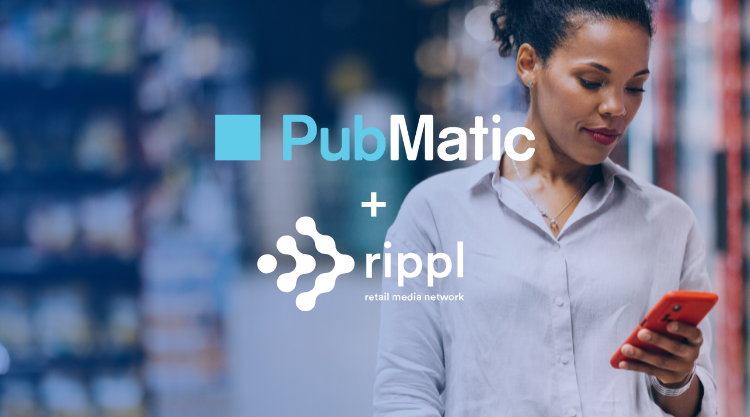The third-party cookie isn’t long for this world. Apple’s Safari browser already got rid of them, and by this time next year, Google Chrome will have phased them out.
While advertisers and publishers have been hard at work investigating other ad-targeting tools such as mobile advertising IDs, those, too, may face challenges due to increased interest in privacy initiatives.
Programmatic advertising needs addressability to thrive, and that hinges on identity resolution, which requires a managed interface. The burden of protecting user privacy on myriad fronts is shared by the entire ecosystem: brands, publishers, and technology providers.
Both constituencies are working to develop a system of reaching customers within the framework of an increasingly restrictive targeting paradigm. How are they to reach individual audience members in ways that are accurate and privacy-compliant? The new technologies and management tools to meet these challenges go beyond browsers.
In June of 2020, Apple confirmed another long-anticipated privacy measure in the form of its Identifier for Advertisers, or IDFA, a tool that became crucial for advertiser tracking attribution. Previously, privacy-conscious users have had to know about the IDFA settings within apps to turn them off. Users with iOS 14 or later will have to opt-in for every app they use, something many users won’t bother to do.
In a recent report, PubMatic VP of Machine Learning and Marketplace Andrew Baron noted that many in the programmatic marketing field expect Google to follow Apple’s lead and restrict its own mobile advertising ID (GAID).
“Advertisers and publishers now have to find new ways to reach unique users,” said Baron. “Addressable targeting is as necessary as ever, and there are increasingly sophisticated ways to go about it — but it’s going to look very different in the future than it has in the past.”
Tech giants implementing their own privacy-protection initiatives in combination with government regulations pose continuing challenges. In the U.S., some are calling for a federal privacy law in order to avoid complicating interstate commerce with disparate state regulations. There needs to be a balance struck, with consumer rights and preferences being respected by the industry and regulators, while ensuring that all parties can transact and engage around content effectively. These regulations impose significant restrictions around acquiring user consent, making it much harder for publishers to collect user data and for advertisers to effectively target those users.
The burgeoning regulatory state is just another factor making it significantly more difficult for advertisers and publishers to reach unique individuals with any sort of accuracy or specificity.
Advertisers need to confront issues of addressability in new ways because they will be without the tools they have used for years and must do so within the framework of a slew of new regulations.
Audience addressability is about being able to identify each consumer as an individual with a full grasp of how they use their different devices and how they engage across channels and domains. This granular level of understanding enables advertisers to achieve superior measurement and more targeted ad experiences.
Advertisers and media buyers have access to sophisticated technologies and data sets that enable them to incorporate addressable techniques into programmatic buys.
In the same report, Matt Bayer, head of integrated media sourcing at agency Crossmedia, said addressable advertising is possible programmatically if the right targeting abilities are in place, i.e., data technology and inventory underpinned by technology.
While addressability can and should be automated, it remains a challenge. Advertisers and publishers must work together to find automated tools that can combine the mountains of information needed to address unique audiences.
Brands often have their own audience personas and the segments they’d like to target. Without access to a network of unique user IDs, large-scale specific programmatic is impossible.
However, programmatic advertising will need to become addressable to survive — and addressable advertising will need to be programmatic to be scalable. As the industry moves forward, advertisers would be well advised to think of ID-based, addressable advertising as a fundamental component of programmatic — not an alternative to it.





